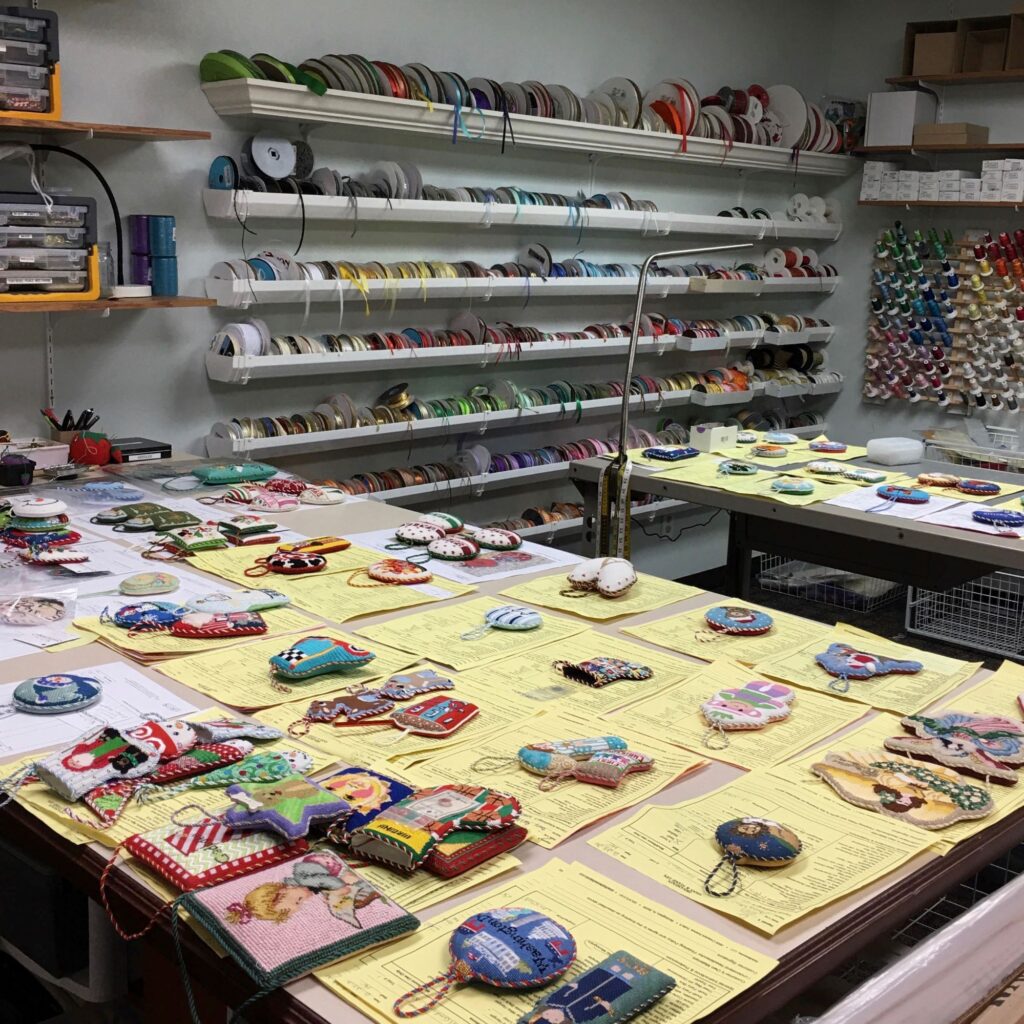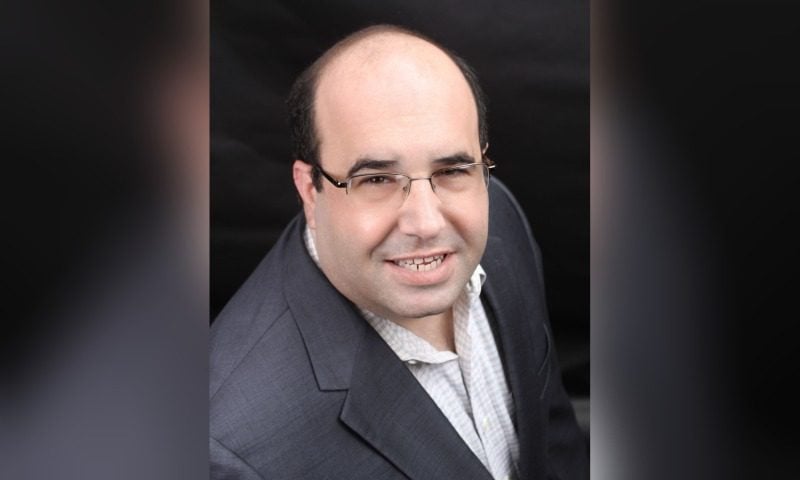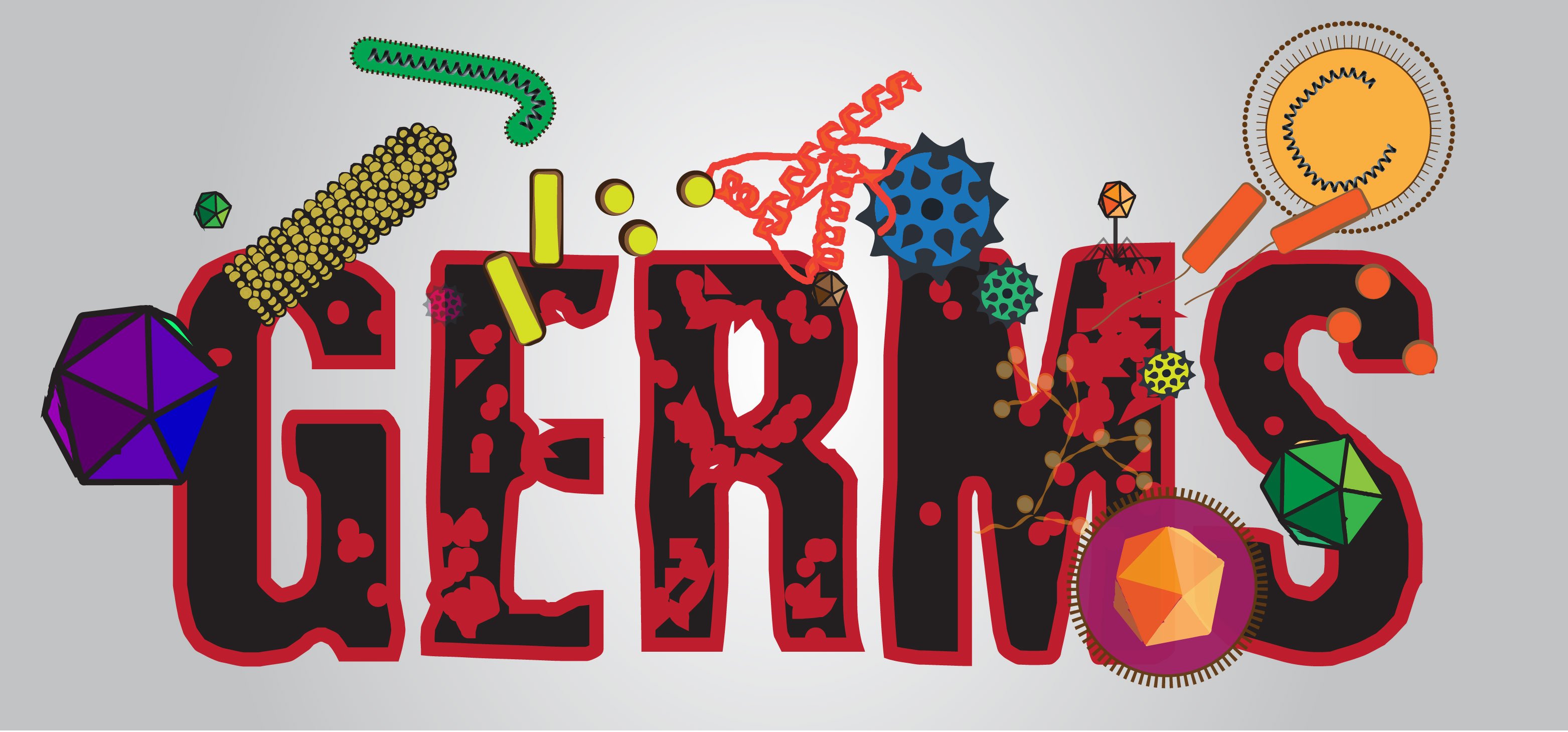In my previous post, I wrote about the New York Times interview with Andrew Weil concerning his new book, Mind Over Meds: Know When Drugs...

In my previous post, I wrote about the New York Times interview with Andrew Weil concerning his new book, Mind Over Meds: Know When Drugs Are Necessary, When Alternatives Are Better – and When to let Your Body Heal on Its Own. I’ve now read the book, and I can say that it’s a smart, comprehensive approach to the topic in the title, one that offers many tips for managing and minimizing the use of medication.
Too many Americans take too many medications. In a book organized around classes of drugs – statins, antihistamines, steroids, NSAIDs, psychiatric medication both for adults and for children, and some ten other categories of medication – Weil again and again cites disturbing statistics about overuse of medication, the dangers of using multiple drugs at the same time, and the ignoring of non-pharmacologic alternatives. If your inclinations bring you to read an acupuncture blog, you’re likely to find the book useful. I recommend you buy it or ask your library to buy it. (The wonderful local library in Gardiner, New York already has a copy. www.gardinerlibrary.org.)
Weil offers disturbing numbers to make the case for the overmedication of our society. Some examples:
“Americans now take ten times as many [prescription drugs] as they did in the 1950s.” “About half of us are now taking at least one, an increase of over 20 percent just since 1994.” “Per-person spending on drugs in our country is close to $1,000 annually, almost twice as much as per-person spending in other industrialized countries.” “US spending for prescription drugs is close to $300 billion per year – a significant contributor to the escalating cost of health care.” “In 2010 alone, approximately one million US children and adolescents were prescribed antipsychotic drugs.” This statement is shocking. Weil has a great deal to say about this and it’s worth looking at. Suffice to say that there’s evidence not only that “nervous-system side-effects [include] drowsiness, seizures and abnormal movements,” but also possible reductions in brain volume as well as endocrine problems that affect sleep, mood, metabolism and sexual function. There’s also an increased chance that adolescents on such medication will develop Type 2 diabetes. “It is estimated that 70 percent of cold and flu sufferers turn to OTC remedies. Most are ineffective, do not reduce the duration of illness, and are potentially dangerous, especially for children.” “It is estimated that 10 to 25 percent of Americans use prescription sleep aids, spending about $4.5 billion each year on them. Prescriptions for them jumped from 47 million in 2016 to 60 million in 2012 and have continued to increase.”As an acupuncturist, two recurring themes in the book interest me greatly. The first and most obvious is Weil's embrace of acupuncture. The third article in this blog, “I Believe in Acupuncture,” is about how I feel when people say they “believe" in what I do [https://www.weinsteinacu.com/single-post/2016/12/25/I-Believe-in-Acupuncture]. The need to make this well-intentioned affirmation belies a sense that my work is in some way unbelievable, a situation perpetuated by my colleagues' embrace of models and explanations with sacred to mysterious to inexplicable flavorings.

Weil repeatedly recommends acupuncture (and other, non-pharmacologic avenues, including massage therapy, physical therapy, Cognitive Behavior Therapy, and the use of herbs and supplements) as part of an integrative medicine approach to illness. Included in Weil’s list of conditions for which acupuncture is useful are sinusitis, anxiety and depression, and many kinds of pain, including musculoskeletal pain (i.e., low-back pain and joint pain), dental pain, and headache. He notes that the endorphin release triggered by acupuncture (as well as by exercise, if you’re familiar with the term “runner’s high”) is analgesic. This tallies with my own experience. I would add that the release of endorphins is part of the central-nervous system response to acupuncture, and is part of the generalized healing response of the body.
At least as interesting to me is Weil’s discussion of homeostasis. Most often we think of homeostasis as the body’s balancing act. When we’re too hot, we sweat to cool off. When we run, our respiration increases to address the need for extra oxygen. When we’re hungry, we eat, and when we eat too much the body takes what we don’t need and adds to the pad around our bellies. All of this is mediated through the trillions of moment-to-moment actions, cellular and otherwise, taking place in our bodies. We’re constantly tearing our skeletons apart and rebuilding them, breaking down worn-out red blood cells and producing new ones, processing thoughts across synaptic gaps, and pushing hair out of our follicles.
Pain is intrinsic to the body’s experience of life, a component of the complex homeostatic web. It serves the purpose of letting us know that something is not right. When I’m treating someone in an otherwise vigorous state of health, I can often knead his or her muscles like bread in areas that are unaffected by pain. It’s when I get to the symptomatic place – the traumatized shoulder, the aching knee, the GERD-burdened abdomen – that the patient will report discomfort. The sensation of pain is part of the body’s protected perimeter. It’s part of the balancing act.

At the very beginning of the book, Weil writes that “many of the most widely prescribed medications can actually prolong or worsen the conditions they are meant to relieve.” He states that this is due to the prevalence of “rebound symptoms.”
The reason has to do with homeostasis, a basic principle of physiology that designates a living organism’s tendency to maintain equilibrium. (The word homeostasis derives from Greek roots, meaning “standing still.”) If an external force disturbs the body’s balance, the body reacts against it to regain balance. Reduce caloric intake and your body compensates by slowing metabolism—to the great frustration of dieters.
Most of our medications counteract or suppress aspects of physiology. You can quickly get a sense of this by considering the names of drug categories. We use antispasmodics, antihypertensives, antidepressants, anti-inflammatories, anti-this, and anti-that. Strong counteractive medications are indeed useful for short-term management of health conditions resulting from sever imbalances of body functions. When they are continued long term, however, especially without attention to the root causes of illness, they are likely to ensnare patients in the homeostatic trap. The body reacts against the pharmacological actions, making it difficult to lower dosage or discontinue medication because of rebound symptoms.
The classes of medications for which rebound symptoms are prevalent include those for GERD (if you discontinue too quickly the use of drugs that inhibit stomach-acid production, symptoms come back “with a vengeance”), decongestants (“continued use of topical decongestants makes for a vicious cycle of drug dependence”), and long-term medication for pain (familiarity with the symptoms of opiate withdrawal is part of the common culture now).
The mechanism which can lead to eventual rebound after the prolonged use of pharmacologics is the same mechanism which acupuncture employs to help the body achieve health. What is acupuncture if not the application of a kind of creative injury to the body? The microtrauma of an acupuncture needle elicits a generalized, non-specific, whole-body healing response, a means of triggering the body’s innate, homeostatic, survival mechanisms in the service of health. (I owe the latter insight to Dr. Yun-tao Ma.) The microtraumas experienced during a visit to an acupuncturist’s office recruit the body’s ability to balance and heal, directing the body’s focus to the injury for which the patient is seeking treatment. The body’s “tendency to maintain equilibrium” is what allows it to regenerate healthy muscle and fascia where, previously, there was “dis-ease”, enabling the healthy, balanced production of stomach acid, relieving pain and discomfort generally, and, in some cases, once the veil of pain begins to lift, to provide relief to the mind as well.
Acupuncture is the wave of the future, not simply the foam in the wake of the past. The efforts of Dr. Weil and others to integrate acupuncture into the mainstream of Western medicine and Western thought is a critical next step.
A final note: Weil cautions readers that, if his book makes them uneasy about staying on medication, they should keep this advice in mind:
“Never stop taking a prescribed medication suddenly. “It is always best to wean off medication gradually and under the supervision of a health professional. “Never attempt to discontinue medication without first putting in place other measures to manage the condition being treated.”I do urge you to consult Weil’s excellent book.
I also hope the above ruminations bring to you to a more considered look at acupuncture.
© William Weinstein, L.Ac.
#acupuncture #homeostasis #overmedication #dryneedling #acupunctureandscience










